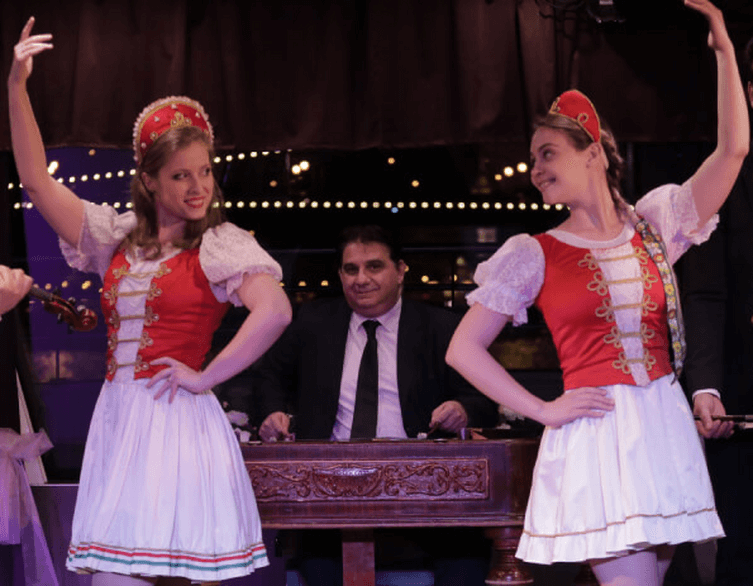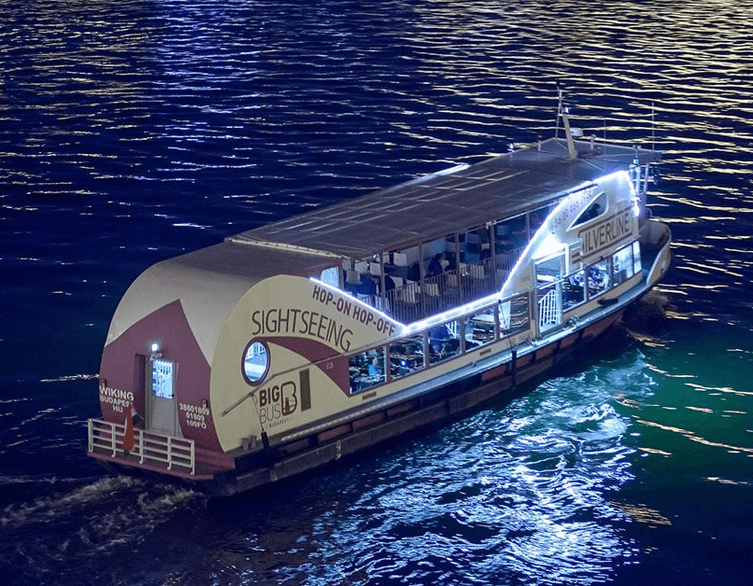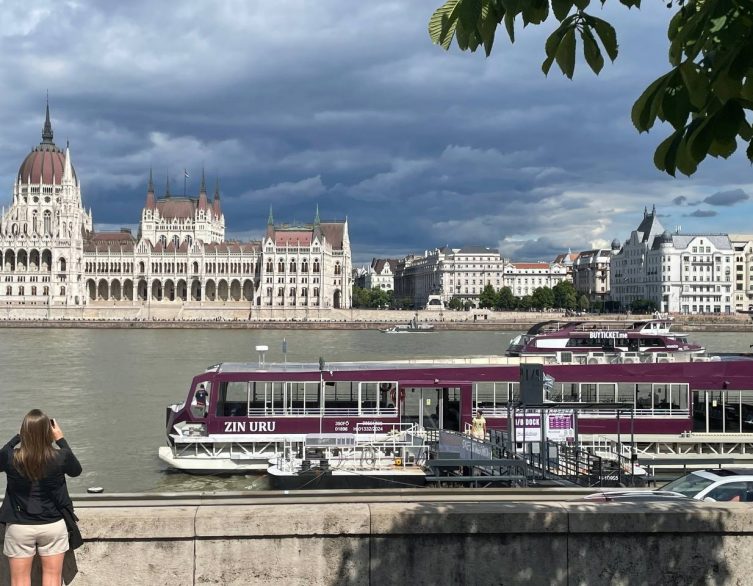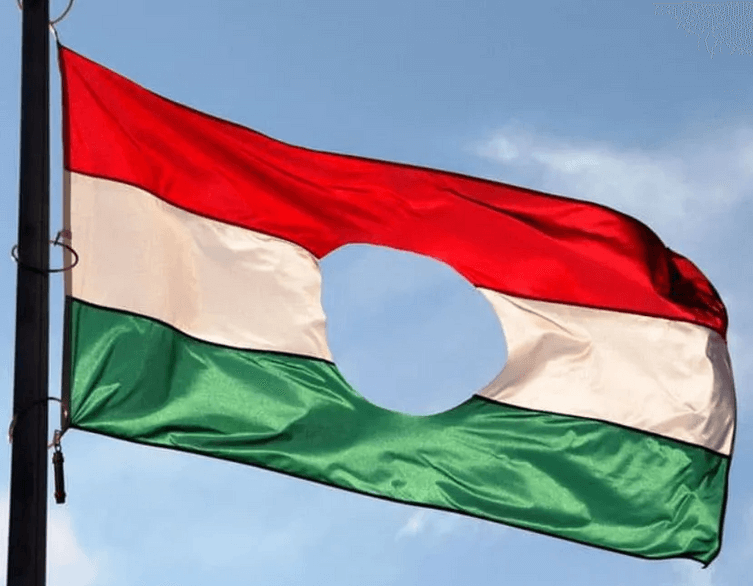October 23rd in Budapest: What Tourists Need to Know About the City’s Biggest Day
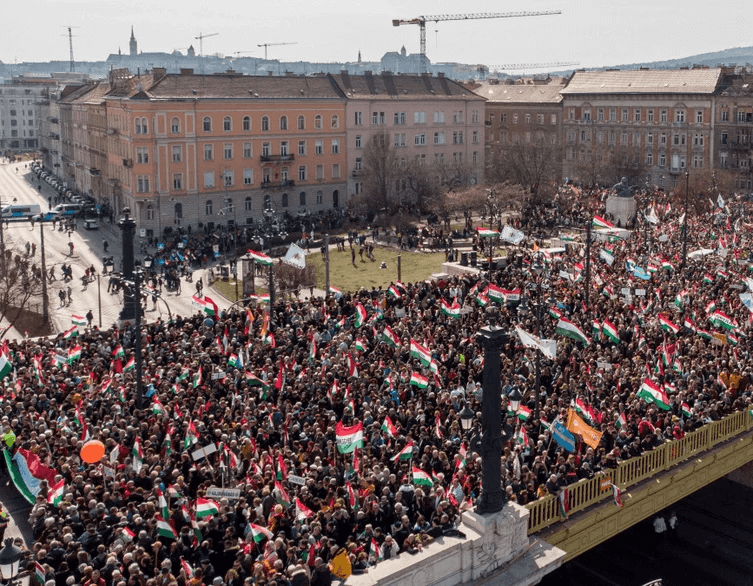
If you’re planning to be in Budapest on October 23rd, 2025, you’re about to witness something extraordinary—and potentially challenging. Hungary’s most significant national holiday transforms the capital into a massive open-air commemoration and political gathering, drawing hundreds of thousands of people into the city center. While this offers a unique glimpse into Hungarian culture and contemporary politics, it also means navigating major disruptions to normal city life.
A Day of Multiple Marches and Massive Crowds
October 23rd commemorates the start of the 1956 Hungarian Revolution, making it one of Hungary’s most important national holidays. This year, the day takes on added significance as two major political movements organize separate mass gatherings that will bring unprecedented crowds to Budapest’s streets.
The day begins early with the Peace March organized by the Civil Solidarity Forum, starting at 9:00 AM from Elvis Presley Park near the Buda side of Margaret Bridge. This procession, which supports the current government’s policies, crosses Margaret Bridge into Pest and makes its way through Nyugati Square along Bajcsy-Zsilinszky Road before arriving at Kossuth Square in front of Parliament. Expect tens of thousands of participants walking this route throughout the morning.
At 1:00 PM, the official state commemoration takes place at Kossuth Square, where Prime Minister Viktor Orbán delivers his speech before departing for an EU summit. The entire Parliament area transforms into a heavily secured zone with drone detection systems and high-capacity entry gates managing the crowds. If you’re anywhere near this area during midday, anticipate significant delays and restricted movement.
Just as the official ceremony concludes, at 2:00 PM, the Tisza Party’s National March launches from Deák Square. This opposition-organized event follows a completely different route along the iconic Andrássy Avenue, culminating at Heroes’ Square. Party leader Péter Magyar chose the later start time specifically because Kossuth Square couldn’t accommodate the expected hundred-thousand-strong crowd. Heroes’ Square will feature temporary stages and seating areas, with speeches, cultural programs, and choir performances extending into the evening.
Navigating the Transportation Chaos
For tourists trying to move around Budapest on October 23rd, the transportation situation requires careful planning. The city’s operational command center coordinates both events simultaneously, managing traffic restrictions, public safety, and crowd control across multiple districts at once.
Central Budapest essentially becomes a maze of closures and diversions. Margaret Bridge, Bajcsy-Zsilinszky Road, Andrássy Avenue, and the surrounding downtown streets all face significant traffic restrictions. Police units direct traffic at major intersections, and you should expect long waits and congestion at every turn. If you’re driving, the Budapest Transport Authority recommends using Park and Ride facilities at outer metro stations and continuing your journey via public transport.
The metro, tram, and bus networks operate on modified schedules with increased frequency during peak hours. Download the BKK mobile app before the day begins—it provides real-time traffic updates and helps you navigate around closures. The M1 metro line running beneath Andrássy Avenue will be particularly crowded as it serves the Tisza Party march route, while the M2 line connecting to Kossuth Square will see similar pressure during the morning and early afternoon.
Parking in the city center becomes virtually impossible. Both Kossuth Square and Heroes’ Square areas transform into pedestrian zones, and you’ll find most downtown parking eliminated entirely. If you must drive into the city, build an extra thirty minutes into your travel time to account for detours and security checkpoints.
Best deals of Budapest
What to Expect as a Visitor
If you’re staying in central Budapest, you’ll definitely feel the impact of these events, even if you don’t plan to participate. The sheer scale of the gatherings means noise, crowds, and restricted access throughout much of the day. However, this also presents a remarkable opportunity to witness Hungarian political culture and national pride in action.
Security measures are extensive. Anti-drone radar systems and mobile metal detectors operate throughout the downtown area. Emergency medical tents and ambulance units stand ready at critical points. While these precautions might seem intense, they’re designed to keep everyone safe given the massive crowds involved.
The weather in late October can be unpredictable in Budapest, swinging from chilly mornings to mild sunshine or even rain. If you venture out to observe the events, dress in comfortable layers. Bringing a small supply of food and water makes sense, though remember that glass bottles are prohibited under public safety regulations. Keep your phone fully charged—you’ll need it for navigation and possibly to stay in touch with travel companions if you get separated in the crowds.
The Political Landscape on Display
What makes 2025’s October 23rd particularly noteworthy is the parallel nature of the two major gatherings. The Peace March represents government supporters celebrating their vision of Hungarian independence and sovereignty, while the Tisza Party’s National March showcases opposition voices emphasizing different interpretations of national traditions and values.
The careful choreography ensures the two groups never physically meet. The Peace March completes its journey and the state ceremony finishes before the opposition march even begins. Police and national defense services continuously monitor crowd movements to maintain order and prevent any confrontations. For foreign visitors, this separation offers a fascinating glimpse into Hungary’s current political divisions without the risk of witnessing actual conflict.
Planning Your Day Around the Events
If you’re in Budapest primarily as a tourist and want to minimize disruption while still experiencing something of the day’s significance, consider these strategies. Morning visits to attractions in Buda or outer districts proceed relatively normally, as the Peace March primarily affects central Pest until midday. The afternoon and evening see Heroes’ Square and the entire Andrássy Avenue area consumed by the opposition gathering, making Castle Hill, Gellért Hill, or City Park’s quieter corners better choices if you’re seeking calmer experiences.
Alternatively, embrace the historic moment. Position yourself along the march routes to observe Hungarian political passion firsthand. The pageantry, the speeches, the sea of flags, and the sheer energy of these gatherings reveal aspects of Hungarian society that typical tourist experiences never capture. Just maintain respectful distance and awareness—these are deeply meaningful events for participants, not tourist attractions staged for your entertainment.
Making the Most of an Extraordinary Day
October 23rd transforms Budapest into something far beyond its usual tourist-friendly charm. The city becomes a living theater of democracy, memory, and political expression. For visitors, this means adapting plans, exercising patience with transportation challenges, and potentially witnessing contemporary Hungarian history unfolding in real time.
Check your accommodation’s location relative to the march routes and plan accordingly. If you’re staying near Andrássy Avenue or Kossuth Square, expect noise and crowds literally on your doorstep. Budget extra time for any scheduled activities, as normal 15-minute journeys might take an hour. Most importantly, approach the day with flexibility and curiosity rather than frustration. You’re experiencing Budapest at its most authentically Hungarian—complicated, passionate, and unforgettable.
Related news










